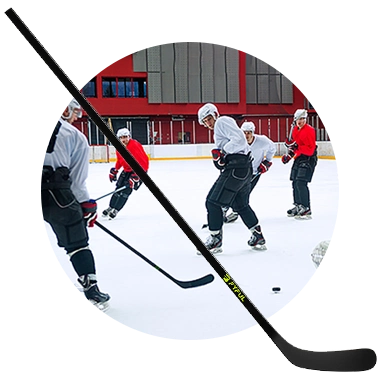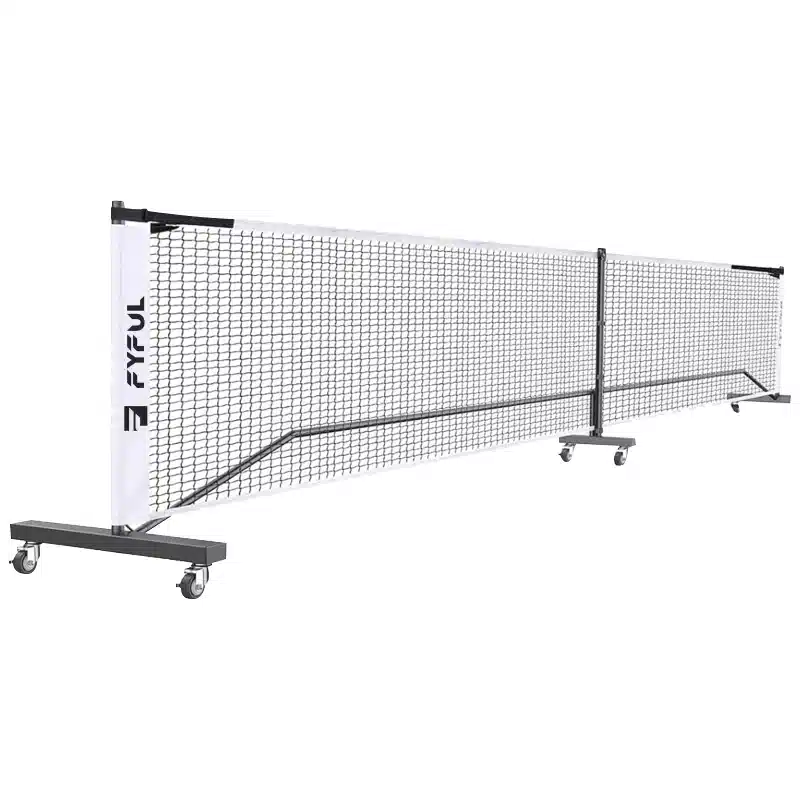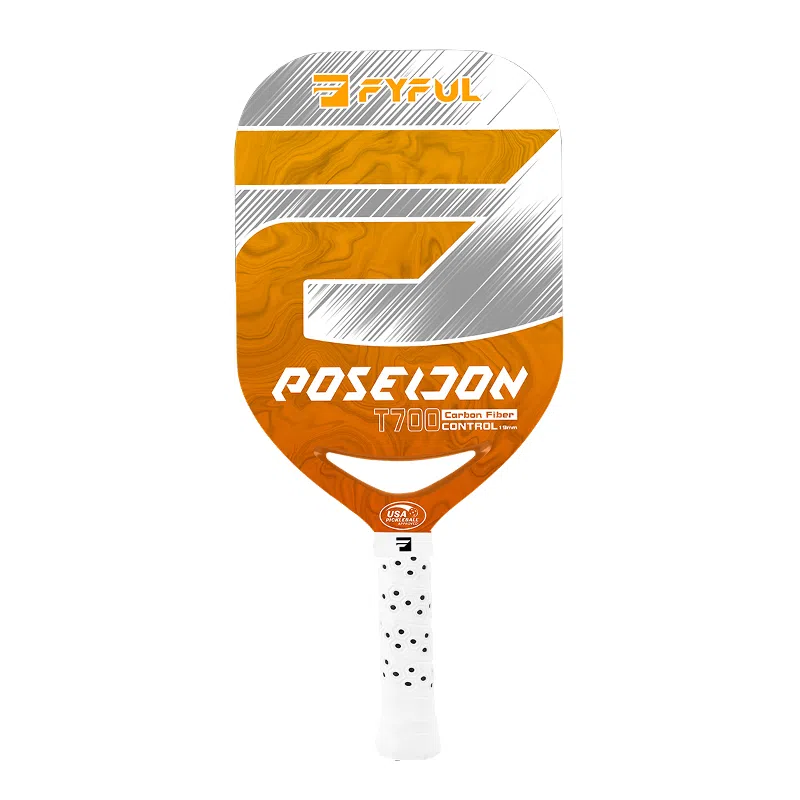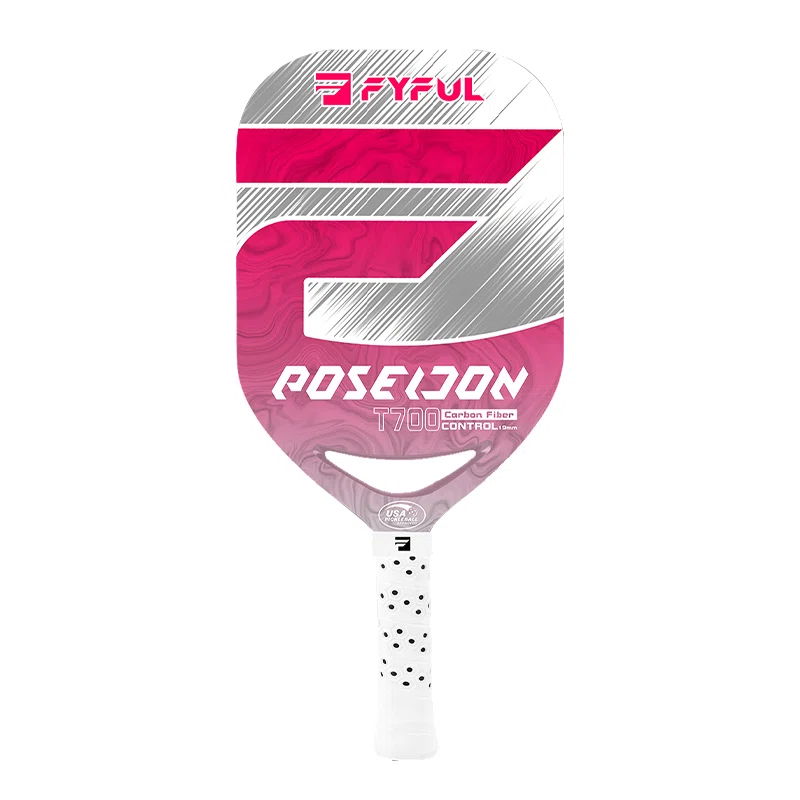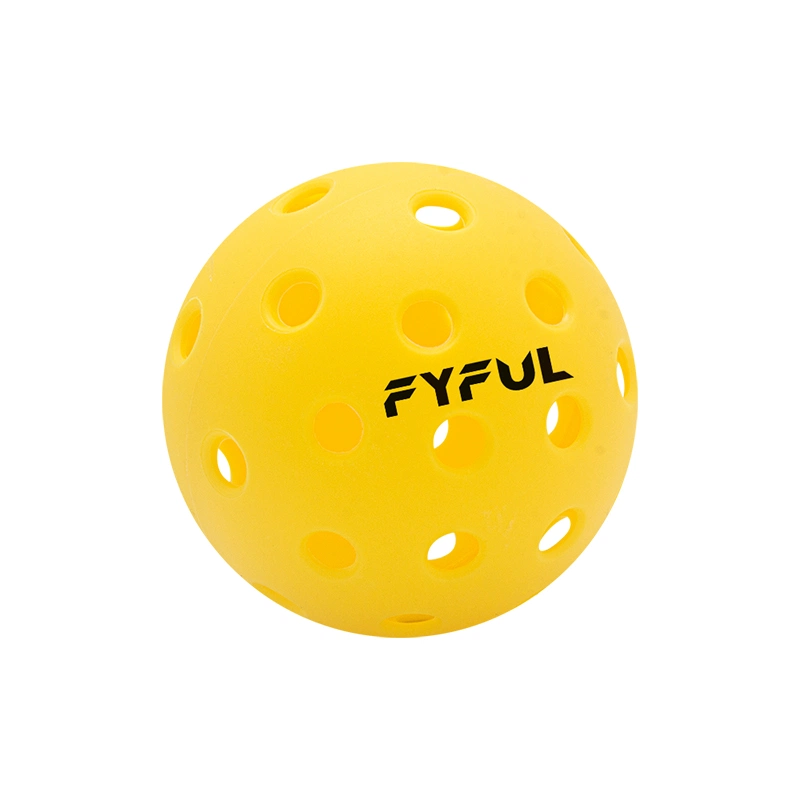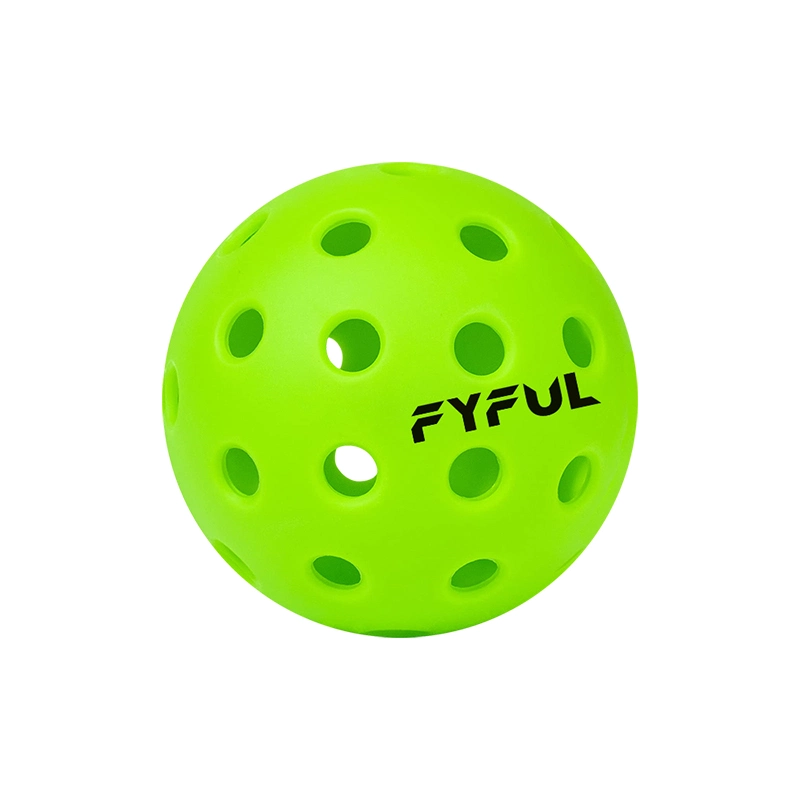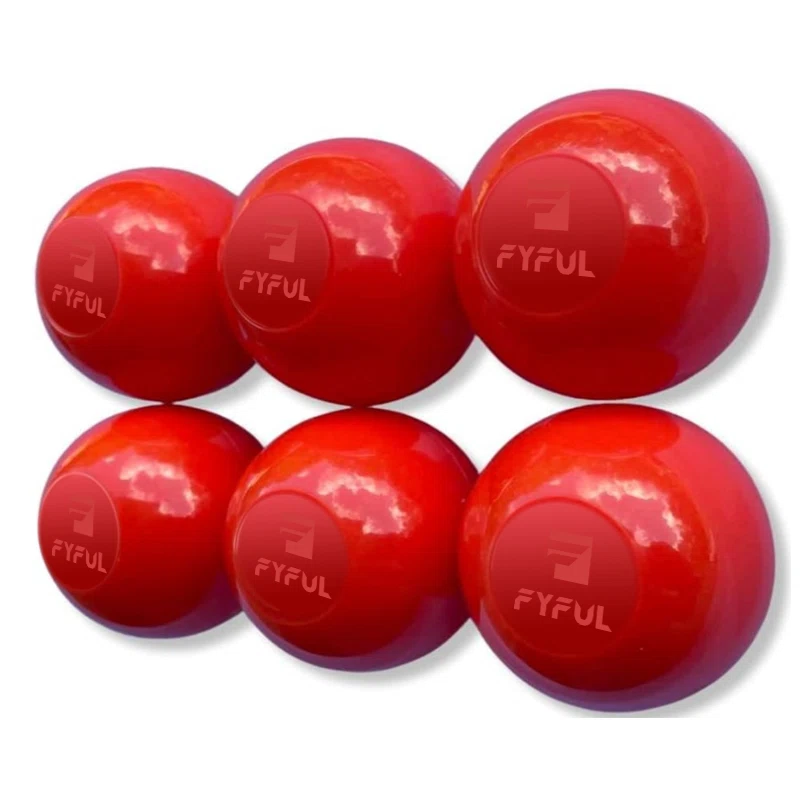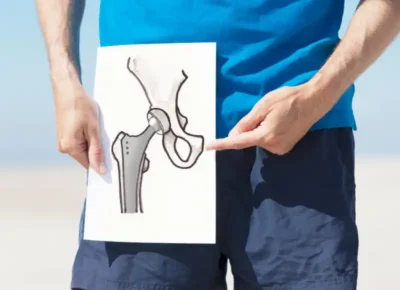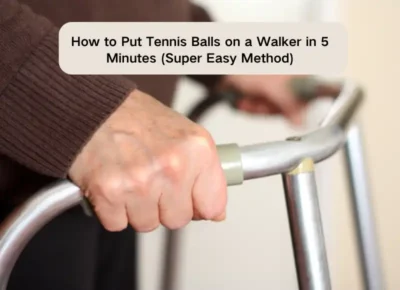Table of Contents
That burning question keeps you up at night: “Will I ever play pickleball after hip replacement and truly play again?” Here’s what your surgeon might not tell you — returning to pickleball is possible, and many players come back stronger. The key isn’t rushing back; it’s returning smart.
You’re not alone in this journey. Thousands of players have successfully returned to the court, proving that pickleball after hip replacement is achievable with the right approach. The difference between those who thrive and those who struggle? Following a strategic, doctor-approved plan that respects your body’s healing process while maintaining your competitive edge.
What we’ll cover:
- Medical clearance timeline and recovery phases
- Why pickleball helps (not hurts) your new hip
- Red flags and real risks to watch for
- Pre-return strengthening program
- Movements to modify or avoid
- Warning signs to stop playing
- Alternative sports during recovery
FYFUL knows comebacks aren’t just about equipment — they’re about confidence for pickleball after hip replacement. We’ve equipped thousands of players returning from surgery with lighter, more forgiving paddles because your gear should work with your recovery, not against it.
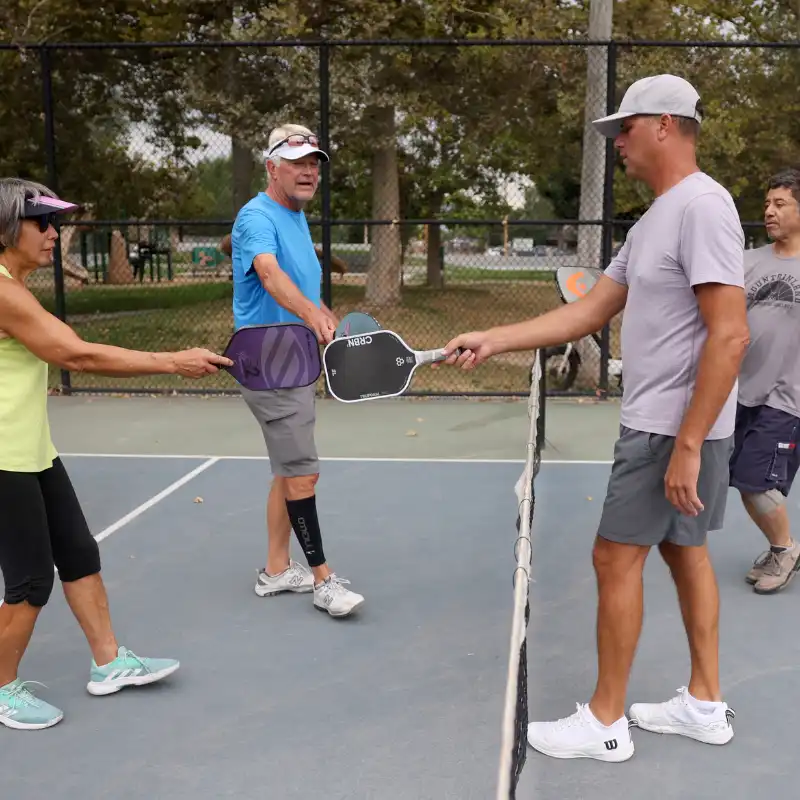
Play Pickleball After Hip Replacement
Clearance and Recovery Timeline for Pickleball After Hip Replacement
Your journey back to the pickleball court follows a predictable path. Most orthopedic surgeons clear patients for light activity around 12-16 weeks post-surgery, but every new joint heals differently — especially when planning a return to pickleball after hip replacement.
Typical Timeline:
- Weeks 1-4: Focus on physical therapy basics
- Weeks 4-8: Walking, swimming, stationary bike
- Weeks 8-12: Light jogging, body adapts to movement
- Weeks 12-16: Medical clearance for racquet sports
Your physical therapist monitors progress through each phase of returning to pickleball after hip replacement. The replaced joint needs time to integrate fully — rushing back to court altogether defeats the purpose of the healing process.
Many orthopedic surgeons recommend starting with table tennis before progressing to pickleball after hip replacement, since the smaller court creates less stress while you regain strength. Once cleared, begin with light drills and playing doubles to minimize lateral movement.
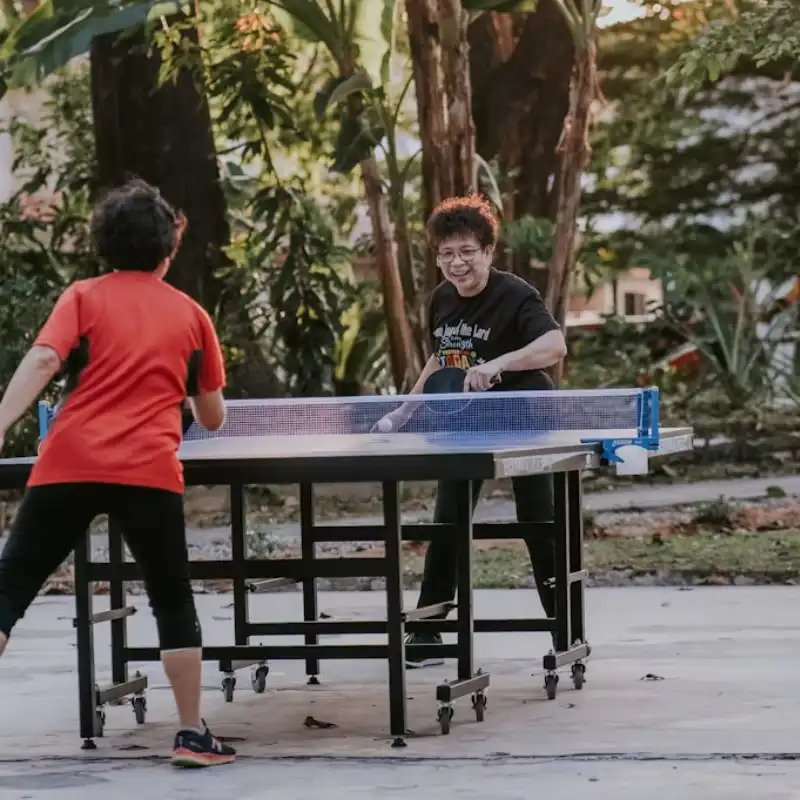
starting with table tennis
Benefits of Returning to Pickleball After Joint Replacement
Pickleball after hip replacement offers unique advantages for joint replacement patients that a research team recently highlighted at annual meeting presentations.
Low-impact benefits make it ideal post-surgery. The modified badminton court size means shorter distances and less running than in tennis. Playing doubles further reduces strain while maintaining social connections.
The sport helps:
- Build strength around your new artificial joint
- Improve balance and coordination
- Maintain cardiovascular fitness
- Boost mental health through social interaction
Unlike high-impact activities, players who return to pickleball after hip replacement experience controlled movement patterns that protect the new joint. The underhand serve and shorter rallies put minimal stress on hip or knee replacement sites. Your artificial joint actually benefits from regular, moderate activity — movement lubricates the joint and strengthens supporting muscles.
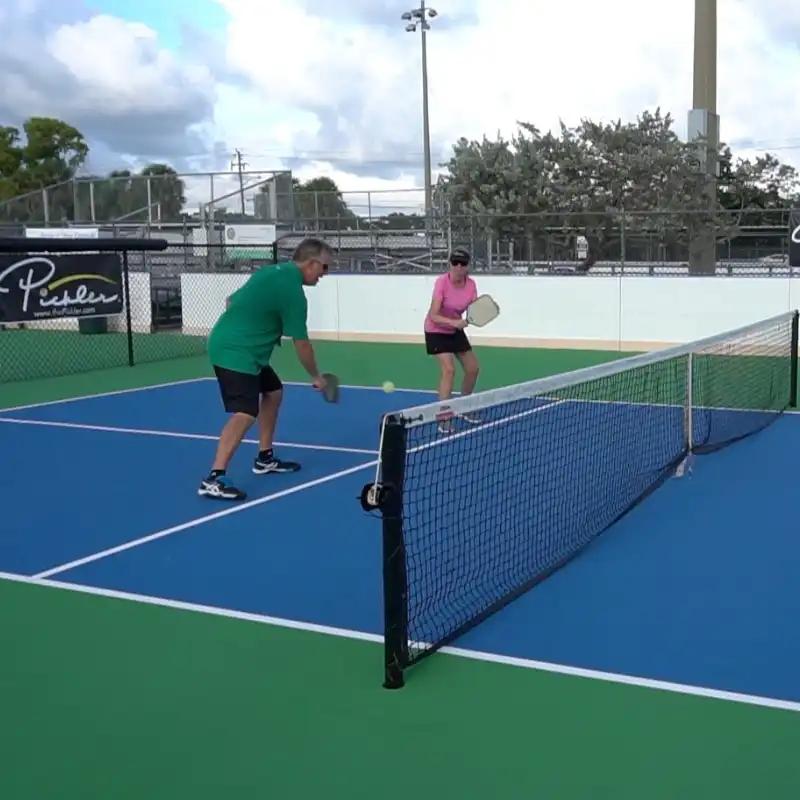
Pickleball After Joint Replacement
Risks and Considerations
While racquet sport players generally recover well after joint replacement surgery, certain precautions are necessary. Understanding these risks helps prevent further injury.
Primary concerns include:
- Sudden pivoting motions
- Lunging for wide shots
- Quick direction changes
- Falls on hard surfaces
Advanced players face unique challenges. Competitive instincts might override body signals, leading to overextension. The feared injury isn’t usually the replacement failing — it’s compensatory injuries from altered movement patterns.
Researchers presented findings showing that most setbacks occur when patients skip proper warm-up routines or ignore pain signals. Your person’s surgeon should discuss specific limitations based on your surgery type and overall health.
Consider investing in pickleball-specific shoes with enhanced lateral support. Quality footwear reduces the risk of slipping and provides crucial stability, which is especially important for safe pickleball after hip replacement.
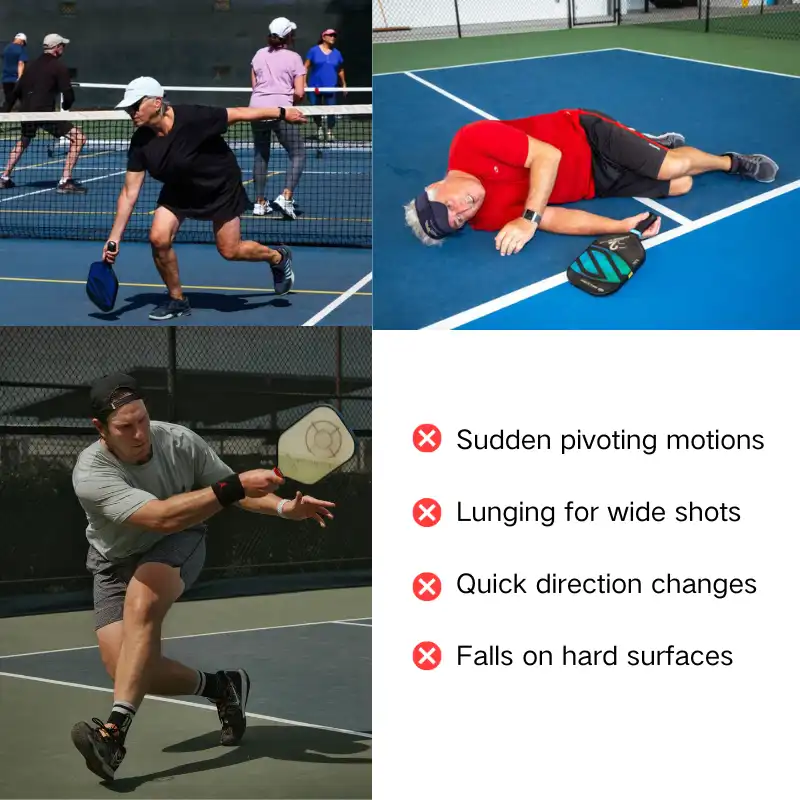
Pickleball with Care
How to Prepare for Returning After Hip or Knee Replacement
Smart preparation makes the difference between a successful return and setbacks. Start conditioning before resuming pickleball play.
Essential prep work:
- Complete all physical therapy sessions
- Strengthen hip abductors and core
- Practice balance exercises daily
- Build endurance gradually
Begin with shadow swings at home, a safe way to restart pickleball after hip replacement. This trains muscle memory without court stress. Progress to hitting against a wall, focusing on form over power.
Many other racquet sport players benefit from modified training. Start with 15-minute sessions using lighter paddles designed for control. Gradually increase duration as your joint slowly adapts.
Work with your physical therapist on pickleball-specific movements. Practice lateral shuffles, controlled lunges, and safe shot positioning. This targeted approach prepares your body for actual play demands.
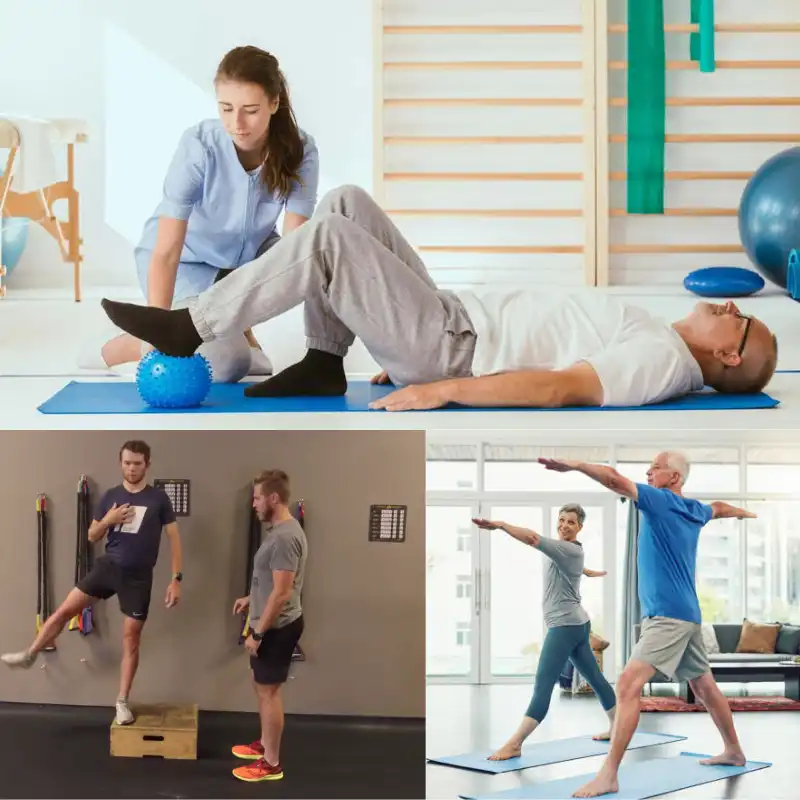
Prepare for Returning
What to Avoid
Protecting your knee or hip replacement means knowing your limits. Some movements pose unnecessary risks, especially during early return phases.
Never do these:
- Jump or leap for overhead shots
- Slide into position
- Play through pain
- Skip warm-up routines
- Compete in tournaments too soon
Avoid aggressive net rushes and extreme lunges. These explosive movements stress the new joint beyond safe limits. Instead, focus on positioning and anticipation to reduce dramatic reaches.
Clinical orthopedic surgery protocols emphasize gradual progression. Don’t attempt singles play until cleared by your surgeon. The extra court coverage demands significantly more from your replacement.
Weather matters too when planning pickleball after hip replacement. Wet courts increase fall risk exponentially. Cold temperatures stiffen joints and reduce flexibility. Choose indoor venues or perfect conditions when possible.
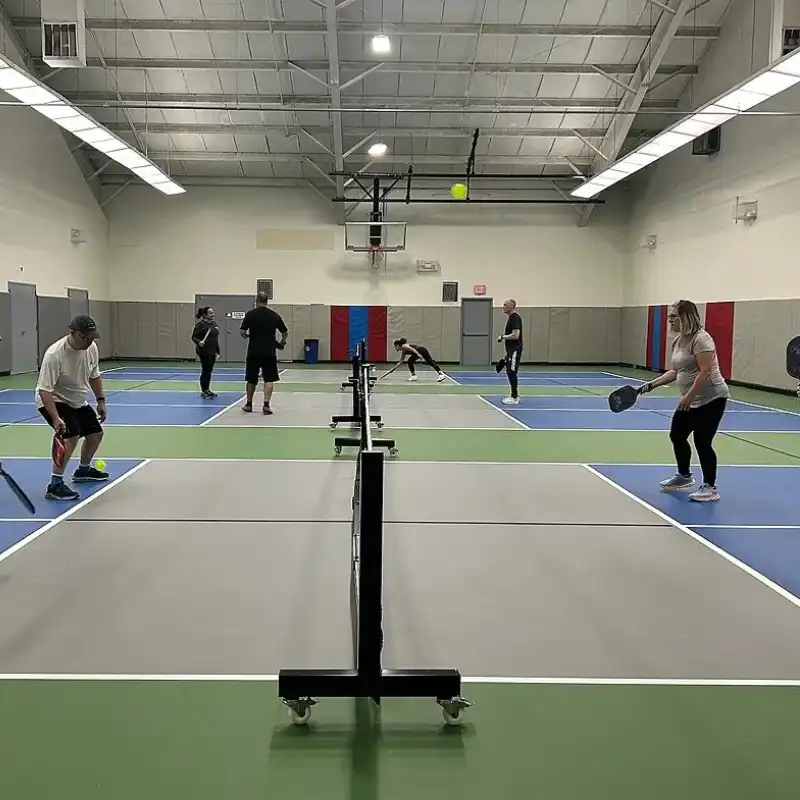
indoor venues
When to Stop or Seek Help
Your body sends clear signals — listen to them. Knowing when to stop protects your investment in joint replacement.
Red flags requiring immediate attention:
- Sharp, stabbing pain in the replaced joint
- Swelling that persists after rest
- Clicking or grinding sensations
- Increased stiffness lasting over 24 hours
- Warmth or redness around the surgical site
Don’t push through discomfort while playing pickleball after hip replacement. What feels like minor soreness could indicate developing problems. Take rest days between sessions initially.
If symptoms persist beyond normal post-activity soreness, contact your assistant professor of orthopedics or surgical team. Early intervention prevents minor issues from becoming major setbacks.
Remember: some discomfort is normal as muscles rebuild. The key is distinguishing between good rehabilitation pain and warning signs of problems.
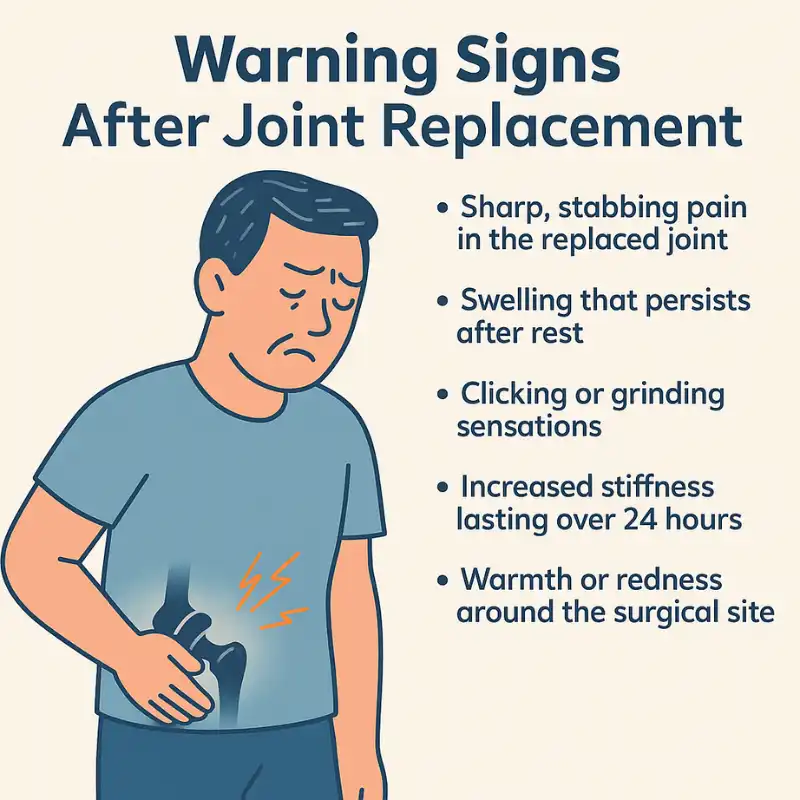
Red flags requiring immediate attention
What Sports Can You Do After a Hip Replacement
While focusing on pickleball, exploring complementary activities aids recovery. A research team led by orthopedic specialists identified several joint-friendly options.
Recommended activities:
- Swimming (excellent for joint mobility)
- Cycling (builds strength without impact)
- Golf (with cart initially)
- Doubles pickleball
- Walking programs
- Water aerobics
- Yoga (modified poses)
Tennis players often transition through pickleball before returning to full tennis. The smaller court and lighter equipment serve as perfect stepping stones.
Avoid high-impact sports permanently: running, basketball, soccer, and singles tennis create excessive stress. These activities significantly increase wear on your artificial joint, potentially shortening its lifespan.
The news release from recent medical meetings emphasized variety. Mixing low-impact activities keeps you engaged while protecting your replacement. Consider thermoformed paddles for enhanced control as you build back confidence.

Recommended activities
Your Comeback Story Starts With FYFUL
Hip replacement doesn’t end your pickleball journey — in fact, pickleball after hip replacement can mark a new beginning. With patience, proper preparation, and smart modifications, you’ll return to the game you love. The court is waiting for your comeback story.
Key takeaways:
- Wait 12-16 weeks for medical clearance
- Start with doubles and short sessions
- Listen to your body’s warning signals
- Choose low-impact complementary activities
- Invest in proper footwear and equipment
- Never skip warm-ups or play through pain
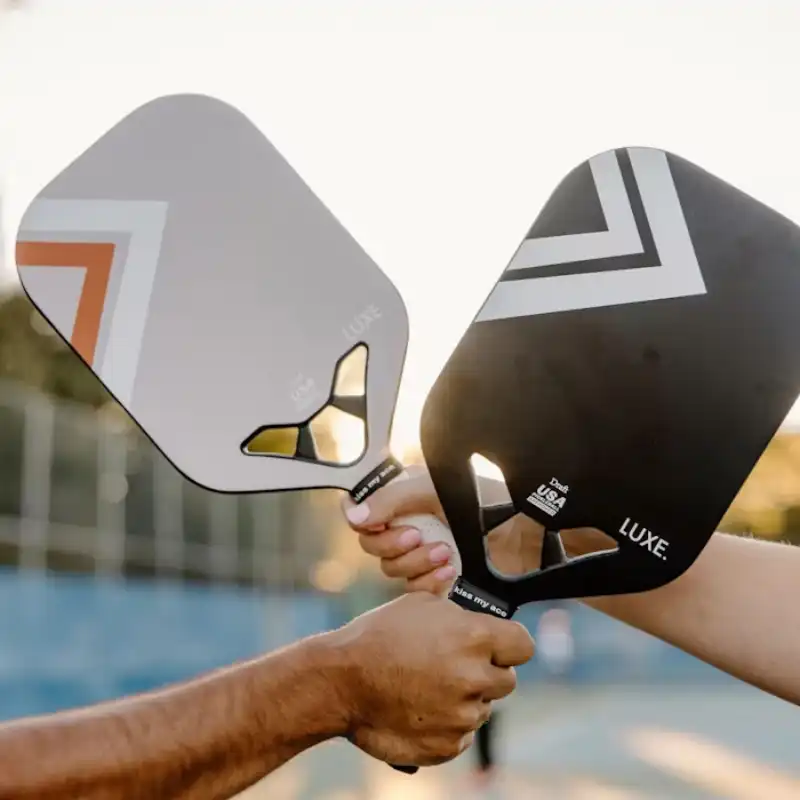
Comeback Story Starts With FYFUL
FAQs
What sports are off-limits after a hip replacement?
High-impact activities should be permanently avoided: running, basketball, soccer, football, and singles tennis. These sports involve jumping, rapid pivoting, and potential collisions that stress your artificial joint. Skiing, especially downhill, poses fall risks. Contact sports are absolutely off-limits.
What can’t you ever do again after a hip replacement?
Extreme hip flexion beyond 90 degrees remains restricted forever. This means no deep squats, certain yoga poses, or sitting in very low chairs. High-impact activities and contact sports stay permanently off the table. However, most daily activities and low-impact sports remain completely accessible.
Is pickleball after hip replacement hard on your hips?
Pickleball is generally gentle on the hips compared to other racquet sports. The underhand serve, smaller court, and ability to play doubles reduce hip stress significantly. Most movements stay within safe range-of-motion limits. With proper technique and gradual return, pickleball poses minimal risk to hip replacements.
What is the 90% rule with hip replacement?
The 90-degree rule means never bending your hip past a right angle. Your knee shouldn’t rise higher than your hip when sitting or bending. This protects against dislocation during healing. While restrictions may relax after full recovery, many surgeons recommend maintaining this precaution permanently for safety.
How long after hip surgery can I safely play pickleball after hip replacement?
Most patients receive clearance around 12-16 weeks post-surgery. However, the average age of pickleball players means recovery times vary. Those who maintain fitness before knee replacement surgery often return sooner. Your surgeon makes the final call based on healing progress and overall health. Starting with this racquet sport recently requires patience — rushing back risks setbacks.



